
Ueda's Natural Fermented Lactic Acid Bacteria 100g
In stock
What is Ueda's Natural Fermented Lactic Acid Bacteria?
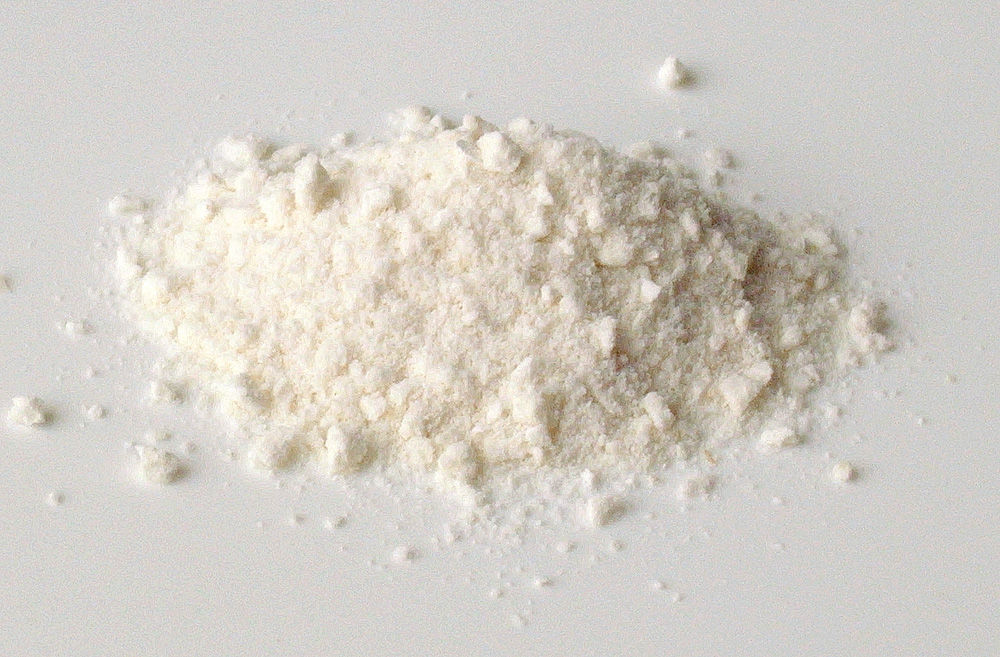
This lactic acid bacteria powder is made from 100% pesticide-free Sasanishiki rice, naturally fermented to suit the Japanese gut. Only the finest rice and carefully controlled cultivation environments are used, allowing the bacteria to thrive.
Our unique method “supports the bacteria,” producing a healthy gut-friendly powder that helps your body:
- Fully digest food
- Absorb nutrients efficiently
- Eliminate waste smoothly
The powder is light and fluffy, like fresh snow, with a soft lactic taste free from strong odors or flavors. Children and adults alike enjoy its mild, natural taste, making it easy to incorporate into your daily routine.
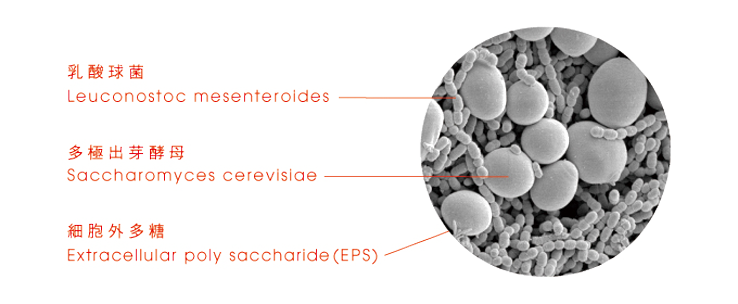
Made using only the finest rice, koji, and water, this lactic acid bacteria and yeast are naturally fermented for a long period under strict low-temperature conditions. The live bacteria and yeast are then freeze-dried to preserve their activity.
How to enjoy: Start by taking the powder as-is. The bacteria and yeast dissolve smoothly in your gut and begin working immediately, supporting your digestive health and overall vitality.
Enhance your everyday wellness with Ueda Family Naturally Fermented Lactic Acid Bacteria.
Customer Testimonials
Gentle on the body
“I have chemical sensitivities and even react to vinyl covering rice, but this powder goes down easily without any issues.” — Female, 30s
Improved skin and digestion
“I’ve suffered from constipation for decades. After about a week of using this, my digestion improved and my skin felt great.” — Female, 30s
Reduced cold sensitivity
“My blood circulation improved, and my severe cold sensitivity seems better than before. Even my hair feels thicker.” — Female, 30s
Better bowel movement at a care facility
“We use this to make amazake (sweet sake) for residents at care facility. It improved digestion and reduced nighttime assistance, which is a huge help for the staff.” — Female, 30s
Versatile flavor for cooking
“I use it for soy milk yogurt. Adding it to miso soup doesn’t affect the taste, so it’s easy to use in many dishes.” — Female, 40s
Enhanced digestion and baking
“Three packets a day really improved my digestion. When used to make bread, it makes the crust crispy, the inside is chewy, and it’s naturally sweet without sugar.” — Female, 50s
Delicious and mild
“It has a subtle sake lees flavor and mild sweetness. Very easy and enjoyable to eat—it tastes like rice.” — Female, 30s
Supports medication tolerance
“I have a chronic intestinal condition, and taking this powder helps reduce medication side effects.” — Female, 40s
Absorbs easily into the body
“It feels like it just melts into my body. I feel it works better for me than dairy-based lactic acid bacteria products.” — Female, 30s
How to Enjoy
Directly: Take the powder as-is.
Take the powder as-is. It has a clean, mild lactic taste that’s enjoyable daily.
Suggested daily intake:
- Children (elementary age or younger): 1 packet (1g) per day
- Adults: 1–3 packets (1-3g) per day, ideally after meals
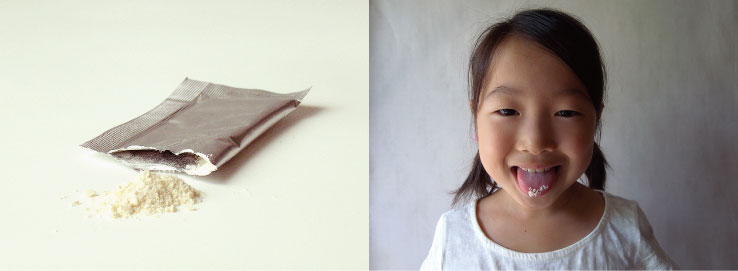
With rice as furikake
Mix with your favorite toppings (e.g., dried small fish, ume plum, seaweed, sesame seeds) to support digestion and enhance flavor.
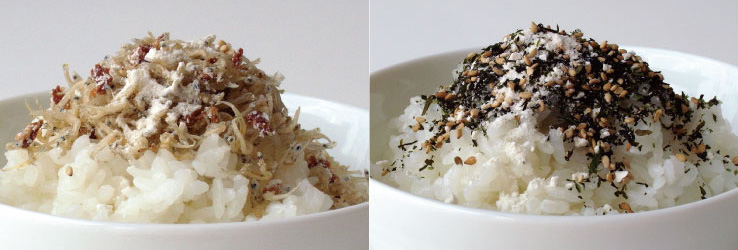
In miso soup
Add to live miso to boost lactic acid bacteria content.
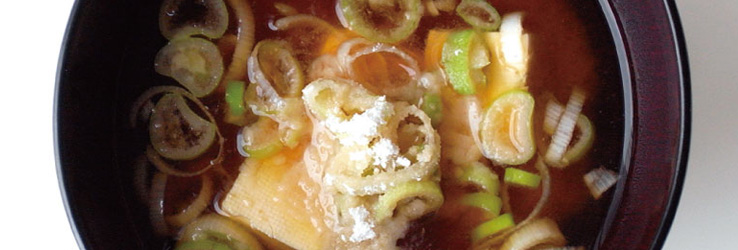
In smoothies
Makes smoothies easy to drink without added sugar, helping your body absorb antioxidants from fruits and vegetables.
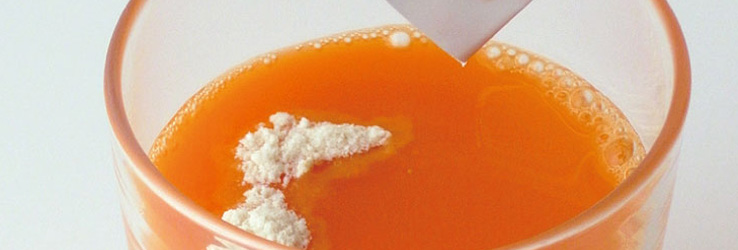
For quick pickles
Mix with salt and lightly knead into vegetables, refrigerate briefly for a refined lactic acid flavor.
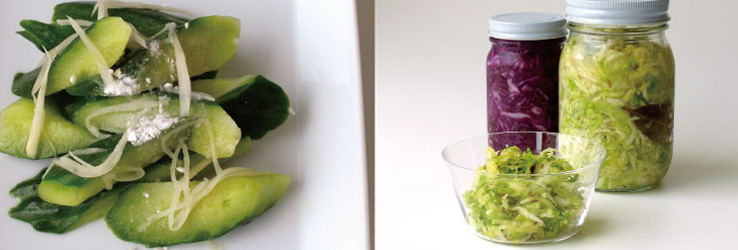
In egg dishes
Mix into eggs before cooking. Creates fluffy, light texture and a subtle buttery flavor, even with plant oils.
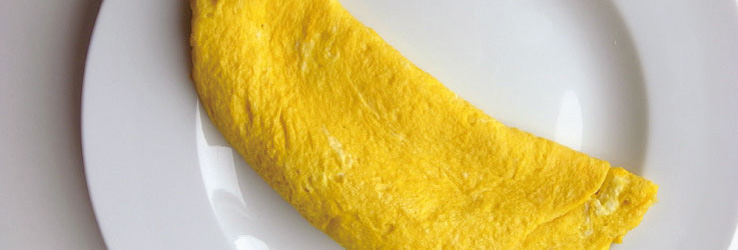
In a nukadoko (rice bran pickling bed)
Add 1 packet to your nukadoko. Reduces odors and creates pickle-like flavor.
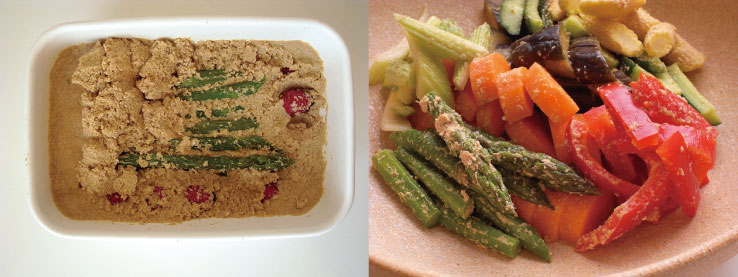
Lactic Acid in Soy Milk Yogurt Recipe
Lactic Acid in Soy Milk Yogurt Recipe

Ingredients:
- Unsweetened soy milk 350ml
- 1 packet of naturally fermented lactic acid bacteria
- Screw-cap jar (450ml)
Steps:
- Mix bacteria powder and 1 tsp water in sterilized jar.
- Add soy milk and mix well. Seal tightly.
- Refrigerate (vegetable compartment, 7–10°C).
- After 3–4 days, a slight thickening will appear. Shake the jar to mix.
- When it starts to set softly, it’s ready to eat.
Note: Store in the fridge and consume promptly. Fermentation time may vary depending on soy milk and temperature.
The Charm of Ueda Family’s Naturally Fermented Lactic Acid Bacteria
For over 10 years, the Ueda family has welcomed more than 10,000 students to their courses on natural fermentation.
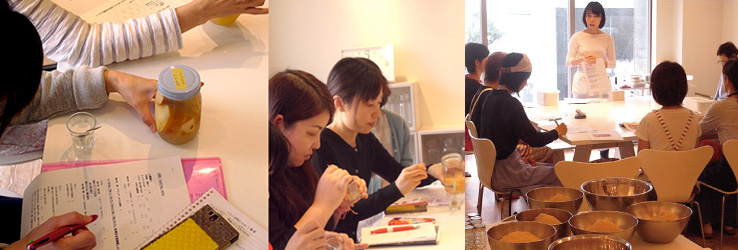
Among them, many people struggle with digestive issues or poor gut health. Improving the gut microbiome has attracted attention as cutting-edge medicine for modern ailments such as allergies, obesity, diabetes, cancer, and depression.
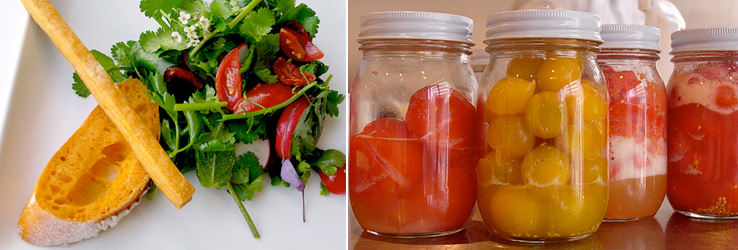
Why Are Naturally Fermented Lactic Acid Bacteria Good for the Gut?
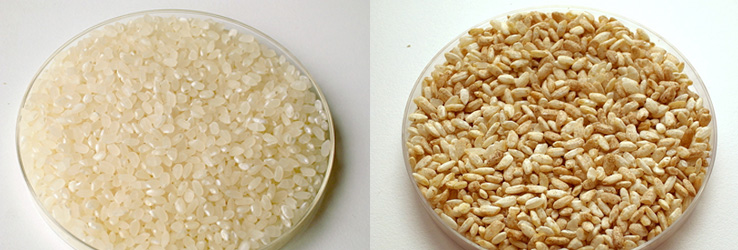
Plant-based lactic acid bacteria have supported the health of Japanese people for centuries.
Ueda Family’s naturally fermented lactic acid bacteria are made using the finest rice (completely pesticide-free Sasanishiki) and koji (wild, naturally occurring koji from the brewery, with no starter cultures added), and only water, under strict low-temperature conditions, for long-term natural fermentation.
By growing in low temperatures, unwanted bacteria find it difficult to survive, allowing wild bacteria that endure these harsh conditions to thrive together. This method produces colonies where lactic acid bacteria and yeast coexist (lactic cocci, multi-polar budding yeast, extracellular polysaccharides).
These colonies represent the form of lactic acid bacteria best suited for the Japanese gut.
Through years of research, the Ueda family has succeeded in stabilizing natural fermentation by controlling unwanted bacteria through natural selection (patent pending).
The live lactic acid bacteria colonies (symbiotic communities) are then freeze-dried to create Ueda Family’s Naturally Fermented Lactic Acid Bacteria.
Manufacturing Process of Ueda Family’s Naturally Fermented Lactic Acid Bacteria
Ueda Family’s “Naturally Fermented Lactic Acid Bacteria” is produced using a method that works in harmony with nature’s bacteria.
Prepared by the Ueda family at the COBO Lab. Yokohama, the fermentation process is conducted naturally:
・100% pesticide-free Sasanishiki from Yamagata and naturally cultivated brown rice koji are prepared.

・The steaming of the rice is carefully monitored, as it affects the growth balance of the bacteria. Multiple checks ensure the rice is evenly cooked.
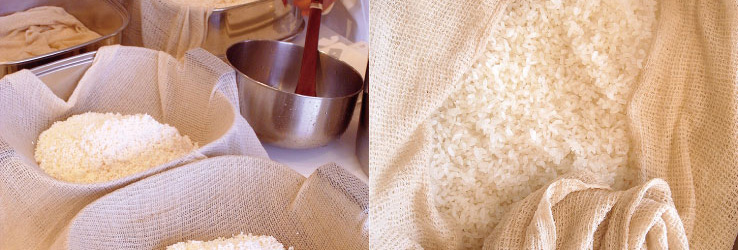
・The cooled steamed rice is combined with brown rice koji and water, then placed in bottles.
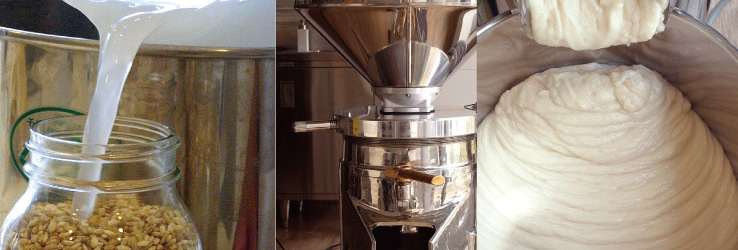
・In a specially designed refrigerated room at the Natural Fermented Food Research Institute, natural fermentation continues for over 30 days. Unwanted bacteria are eliminated, and low-temperature-resistant lactic acid bacteria are cultivated. A clean environment with minimal mold and chemical interference is essential for bacterial growth.
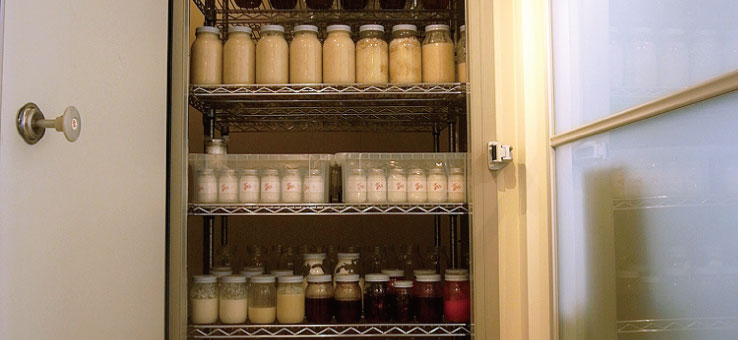
・The condition of the bacteria is monitored daily through tasting. Even a slight imbalance can reduce quality or pose a risk, so careful attention to the bacteria is critical.
・Once the lactic acid bacteria and yeast colonies are complete, they are filtered. This method causes less stress to the bacteria compared to hand-straining.
・The bacteria are then frozen using a proprietary method to minimize stress.
・The frozen bacteria are sent to a contracted company for freeze-drying. This meticulous, time-intensive process ensures minimal strain on the bacteria.
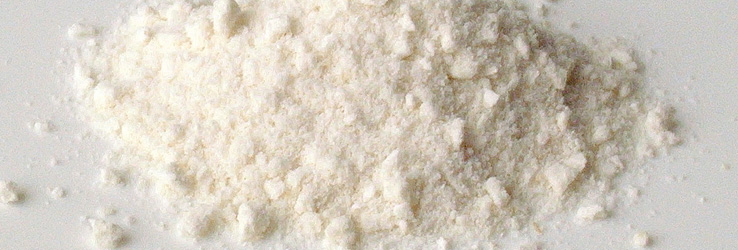
・No dextrin, oligosaccharides, or other additives are used, making this a completely additive-free product, made only from rice and rice koji.
・After pulverizing and packaging, the product is ready for shipment.
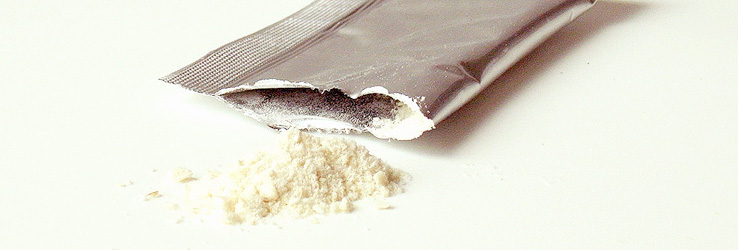
“Naturally Fermented Lactic Acid Bacteria” reaches your hands, remaining delicious and effective for up to two years if stored away from high heat and humidity.
Stability of Natural Fermentation
Natural fermentation means no acids or yeasts are added.
Vegetables, grains, and beans are prepared in cold seasons, relying on the natural microbial environment of the ingredients and surroundings. A natural selection process is essential.
First, low-temperature-tolerant lactic acid bacteria grow, suppressing unwanted bacteria. Next, yeasts proliferate, producing amino acids and alcohol, followed by acetic acid bacteria, creating the natural fermentation process.
Modern sterilization methods have made natural fermentation difficult. Without sterilization, unwanted bacteria can pose risks, leading to the belief that natural fermentation is unstable and lacks reproducibility.
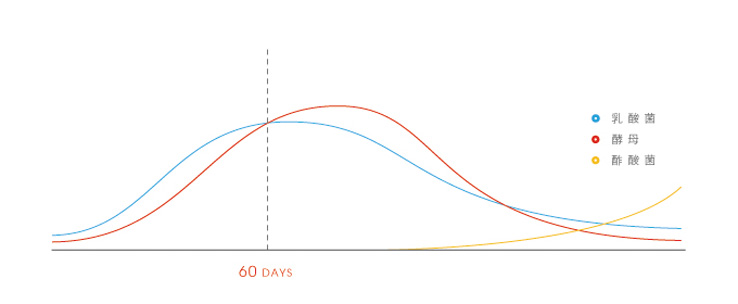
At COBO Ueda Family, they discovered the key bacterial flora that allows natural fermentation to be reproducible and stable, creating a diverse lactic acid bacteria community nurtured from Japanese rice.
Patent pending: Naturally Fermented Lactic Acid Bacteria 2014-088640
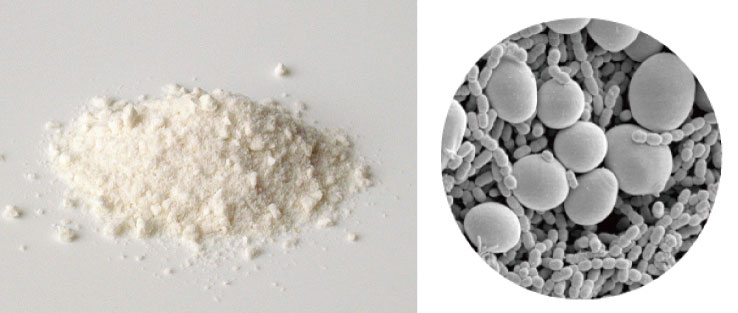
About COBO Ueda Family
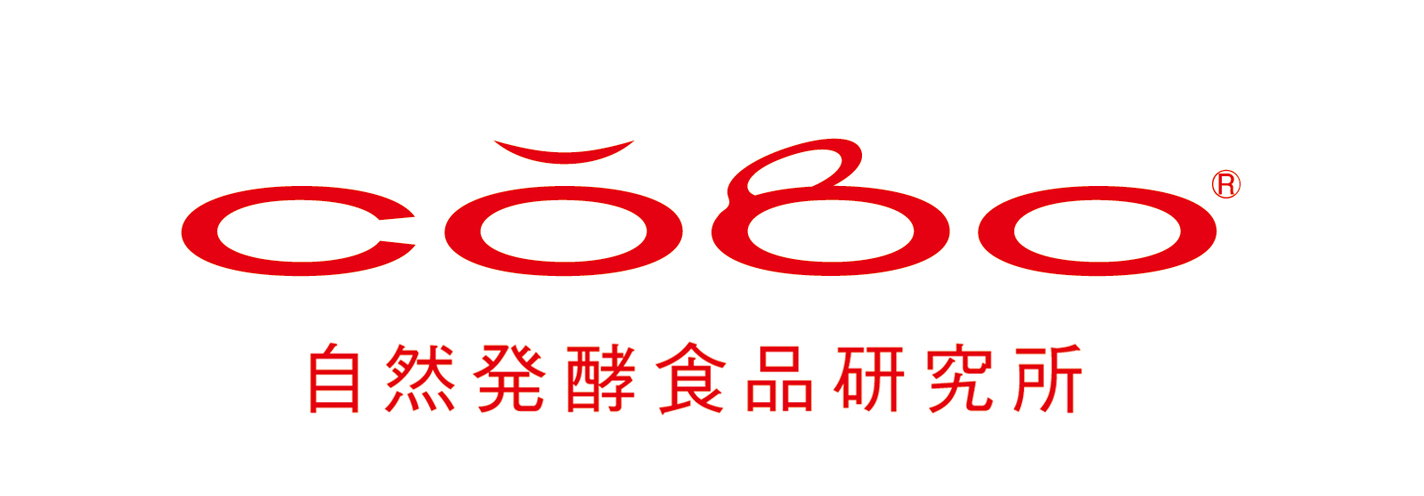
The COBO Ueda Family has studied natural fermentation using fruits, vegetables, grains, and legumes native to Japan.
From this experience, they found that rice allows for the longest and most complex natural fermentation, creating diverse flavors and tastes from a single ingredient. It reinforces the essential role rice has played in Japanese health and diet.
With the establishment of the “Natural Fermentation System” and patent applications, they aimed to make this lactic acid bacteria and yeast accessible to those seeking it, integrating it into daily life and meals.
In 2011, they met Mr. Katayama of Katayama Honten, a revolutionary in the fermentation world. He created the “Rice Gurt” market (not alcohol-based). This collaboration allowed the debut of Ueda Family’s live Mygurt freeze-dried powder, a completely additive-free naturally fermented product, still receiving acclaim today.
In April 2005, to improve bacterial quality further, the COBO Lab. Yokohama was established, providing the optimal refrigerated and frozen environment for bacteria. Here, the “method in harmony with bacteria” could be fully realized.
COBO Lab. Yokohama’s naturally fermented lactic acid bacteria feature stronger bacteria that suppress unwanted microbes, evolving into a superior health food, with flavor improving daily.
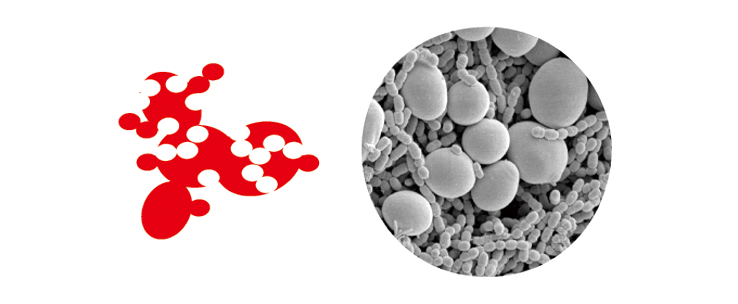
Product Details
| Product Details | |
|---|---|
| Ingredients | Pesticide-free Sasanishiki rice (Yamagata), naturally cultivated brown rice koji |
| Net Weight | 100g |
| Storage Method | Avoid direct sunlight, high heat, and humidity; store below 25°C |
| Manufacturer | COBO Co., Ltd. |
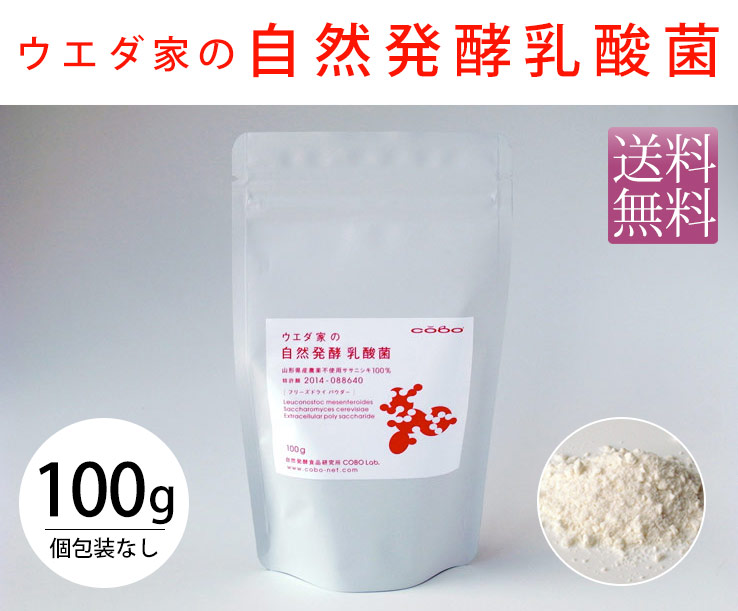
Why shop with KAWASHIMAYA?
- We sell only authentic and high-quality products
- 100% Made in Japan products are as listed
- Organic and non-GMO products are as listed
- All products are new and have long expiry date
- All products are handled directly from our warehouse in Tokyo, Japan
- Easy and secure payment options with CC or PayPal
- Safe and insured international shipping methods
- English and Japanese customer support by email
- Wholesale discount prices available for selected products
- Find insightful articles from KAWASHIMAYA Blog
- Get exclusive discounts for KAWASHIMAYA Newsletter subscribers
- Easy shop on KAWASHIMAYA Amazon USA

